Some in the West who share an insight born of their having lived for years with abuses sanctioned by the federal government’s enforcement of the Endangered Species Act may doubt it. For them, the unanswered question is whether Zinke’s Order will eventually afford “game animals” a protected legal status similar to that of “endangered species”?
Commentary by Clifford C. Nichols, Esq.
Will Zinke’s Order 3362 Bring a Sad Song to the West?
Home, home on the range,
Where the deer and the antelope play,
Where seldom is heard an encouraging word,
And the skies will be cloudy all day…
Those might be the new lyrics to the classic Western folk song if a new order goes unchecked.
Recently, U.S. Secretary of the Interior Ryan Zinke signed into law Secretarial Order 3362. Its stated purpose is to improve the quality of the habitats of big game animals and their corridors of migration connecting those habitats throughout the West.
As was the case at the inception of the Endangered Species Act decades before, the goals of this new “law” seem worthy, if not noble. At the signing ceremony in Salt Lake City, Utah on February 9, 2018, environmentalists linked arms with sportsmen to cheer Zinke’s bold initiative.
Understated in his remarks, however, was his Order’s possible future impact upon those whose lives and livelihoods are dependent on the lands his Order will affect. For example, consider the following:
“We all know that animals go where animals want to go, … whether land is owned by the BLM, state, or private landowners…. [T]his order will help establish better migration corridors for … big game species like elk, mule deer and antelope.” And to accomplish this, “… the Department will leverage its land management and scientific expertise to both study the migration habits of wildlife as well as identify ways to improve the habitat. For example, this can be done by working with ranchers to modify their fences, working with states to collaborate on sage brush restoration, or working with scientists to better understand migration routes.” (emphasis added)
One could, and perhaps should, remain skeptical. Will the actual implementation of his Order only require a few ranch fences to be “modified”?
Some in the West who share an insight born of their having lived for years with abuses sanctioned by the federal government’s enforcement of the Endangered Species Act may doubt it. For them, the unanswered question is whether Zinke’s Order will eventually afford “game animals” a protected legal status similar to that of “endangered species”?
If it does, these people know the adverse effects of this Order will likely far exceed just the “modification” of a few fences. It will adversely effect some entire industries that operate in the West, i.e. ranching, oil and gas, mining and logging.
To appreciate how this possible outcome is foreseeable, one need only reflect upon some of the provisions found in the Order itself, such as the following:
Purpose. This Order directs appropriate bureaus within the Department of the Interior (Department) to work in close partnership with the states of Arizona, California, Colorado, Idaho, Montana, Nevada, New Mexico, Oregon, Utah, Washington, and Wyoming to enhance and improve the quality of big-game winter range and migration corridor habitat …
I (Zinke) hereby direct the BLM (Bureau of Land Management), FWS (Fish and Wildlife Service), and NPS (National Park Service) to:
•Work closely with appropriate States (identified above), Federal agencies (that will include governmental entities like the U.S. Forest Service), nongovernmental organizations (that could include groups like The Sierra Club, The WildEarth Guardians and The Center for Biological Diversity), and/or associations (that could include the likes of local and national camping and backpacking clubs) to identify active programs focused on big game winter range and/or migration corridors …
•…. Including prioritizing active habitat management projects … to achieve wildlife population objectives, particularly for wildlife that is hunted or fished, …
•To enhance or restore habitat for species such as sage grouse and/or mule deer; and
•…Review and use the best available science to inform development of specific guidelines … to avoid or minimize potential negative impacts on wildlife.
(Emphasis and italicized words added.)
Given these provisos, first consider the enormous areas of land in the West that Zinke intends to make subject to his Order’s mandates.
His Department alone controls over 245 million acres in the West. However, when one adds to that the millions of acres controlled by all the other federal and state agencies he calls upon to cooperate with his Department’s effort to protect game animals, the following map may provide a somewhat accurate idea of the Order’s possible geographic scope within the eleven designated Western states:
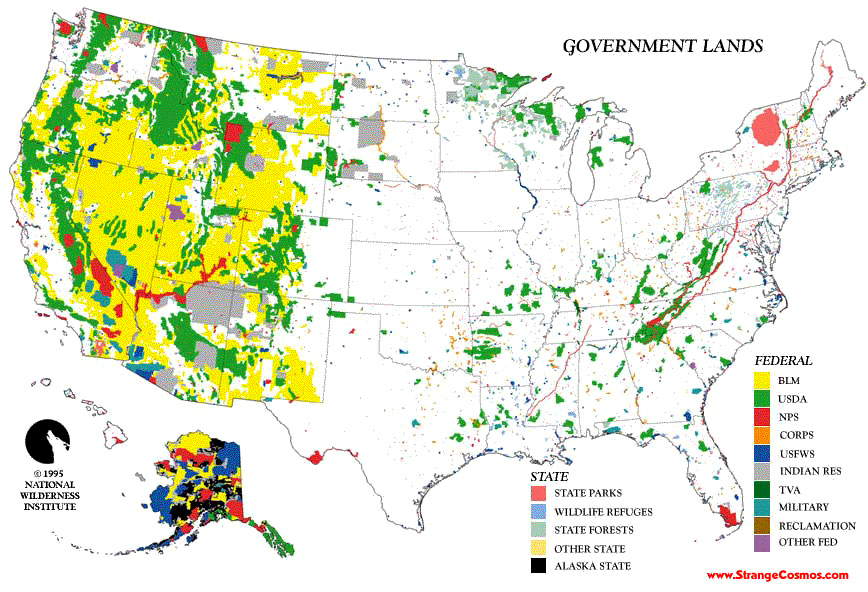
Next, it is important to note that buried in the above language is an indication that the Order may be intended to protect more than only “Big Game” like elk, deer and antelope. In fact, is it not even limited to protecting only mammals. Tucked in the language are references to birds (e.g. grouse), and evidently also “game” that may be “fished.” Thus, it might be fair to conclude that the habitats and migratory corridors of all game animals are to be protected by Zinke’s Order – whether they are mammals, fish or fowl – both large and small.
If so, this would bring both the skies above, and all lakes, ponds and waterways found within or running through any public lands in the West within the scope of the Order’s mandates.
Then, one must also not overlook the fact that the Order is also expressly intended to protect the migratory corridors of all such game animals. For that, the map has yet to be drawn, but when it is, it will not be difficult to imagine what it might look like. One need only consider the map below that some environmentalists championed at the United Nations to achieve a noble-sounding goal that was strikingly similar to that of Zinke’s Order, i.e. protection of our nation’s biodiversity.
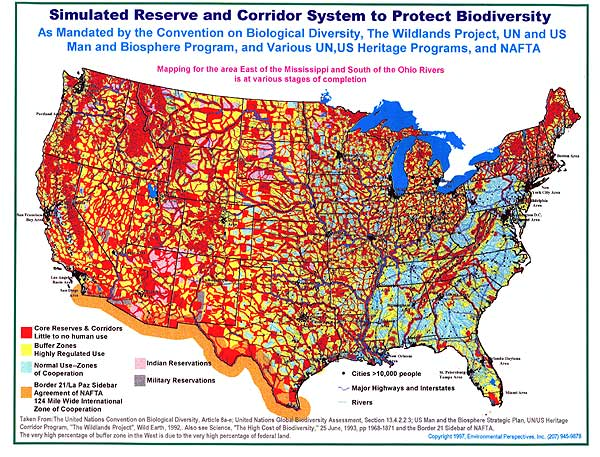
Lastly, it is important to consider the possible consequences of the following directives and guidelines included in the Zinke Order:
With respect to activities at the State level, I (Zinke) hereby direct the BLM, FWS, and NPS to:
Evaluate and appropriately apply site-specific management activities … that conserve or restore habitat necessary to sustain local and regional big-game populations through measures that may include one or more of the following:
•Avoiding development in the most crucial winter range or migration corridors during sensitive seasons;
•Minimizing development that would fragment winter range and primary migration corridors;
•Limiting disturbance of big game on winter range; and
•Utilizing other proven actions necessary to conserve and/or restore the vital big-game winter range and migration corridors across the West.
(Emphasis added.)
Although perhaps deliberately vague, it does not require much imagination to foresee that such directives will certainly have material future adverse impacts on industries throughout the West, even though the exact nature of any specific individual future effects may not yet be defined. But, then again, how could they be? The regulatory nightmare that this Order may unleash has yet to unfurl. But it’s inevitable that unfurl it will. The Order expressly provides that a Deputy Secretary of the Interior will soon be appointed to “take all reasonably necessary steps to implement this Order.” Thus, Zinke has essentially issued his Deputy a blank check to create and enforce in the future any laws, policies, rules and regulations that he or she feels are, or may be, appropriate to fulfill his or her mandate. These future regulations, once enacted, will carry the full force and effect of becoming federal law. The question remaining unanswered is: just what adverse impact will they have on the businesses and therefore livelihoods of people living in the West?
Then lastly, to add to this likely regulatory mess, there is yet another hidden blank check issued by Zinke’s Order that can only further impair those same businesses. That is the one issued to that sect embedded within the environmental movement that is committed to bankrupting and/or eradicating all productive businesses operating in the vicinity of any public lands in the West via the bringing of an onslaught of never–ending litigation. And Zinke’s Order will give them every incentive to do so.
First, it offers such enviro-litigators yet another path by which they may further exploit U.S. taxpayers via the Equal Access to Justice Act. This Act allows enviro-litigators to receive compensation from the federal government for suing the federal government to achieve the environmentalists’ objectives under the pretense of protecting some animal.
When one considers the above language of Zinke’s Order, one can only imagine the lawsuits they might bring in the future to compel the federal government to “avoid development,” “minimize development” or “limit disturbances” caused by good people … industrious people … people like ranchers, wildcatters, miners or loggers who just happen to be attempting to make a living at a location near the habitat or migratory corridor of some form of protected wildlife.
And secondly, Zinke’s Order could now make such litigation easier for the environmentalists due to the fact that now they will no longer have to even pretend that the animals they will be claiming need protection are “endangered.” Going forward, they will only need to be recognized by the courts as “game animals” covered by the Order of Zinke.
Of course, none of this may ever happen. And, at the end of the day, perhaps only time will tell. But, then again, when considering such things, it may not hurt us to keep in mind the words of Ronald Reagan when he said, “The nine most terrifying words in the English language are, ‘I’m from the government and I’m here to help.’”
Because this statement is true for a reason, perhaps we, as a nation, should want to answer the following question now, rather than wait for the future to answer it for us:
How many millions of families, jobs and businesses throughout the West should America be willing to impair, injure or sacrifice in order to achieve the vague goals of Secretary Zinke’s Order 3362?
© 2018 Clifford C. Nichols, Esq.
Clifford C. Nichols is a former research associate of The Heritage Foundation. He graduated from the University of California, Los Angeles, Summa Cum Laude, with a Bachelor of Arts degree in Economics, where he was elected to membership in the Phi Beta Kappa society. He received his Juris Doctorate degree, Cum Laude, at Northwestern Pritzker University School of Law where he served as a member of the Board of Editors of the Northwestern University Law Review. Today, Mr. Nichols is an attorney licensed to practice law in both California and New Mexico.
Free Range Report
Thank you for reading our latest report, but before you go…
Our loyalty is to the truth and to YOU, our readers!
We respect your reading experience, and have refrained from putting up a paywall and obnoxious advertisements, which means that we get by on small donations from people like you. We’re not asking for much, but any amount that you can give goes a long way to securing a better future for the people who make America great.
[paypal_donation_button]
For as little as $1 you can support Free Range Report, and it takes only a moment.

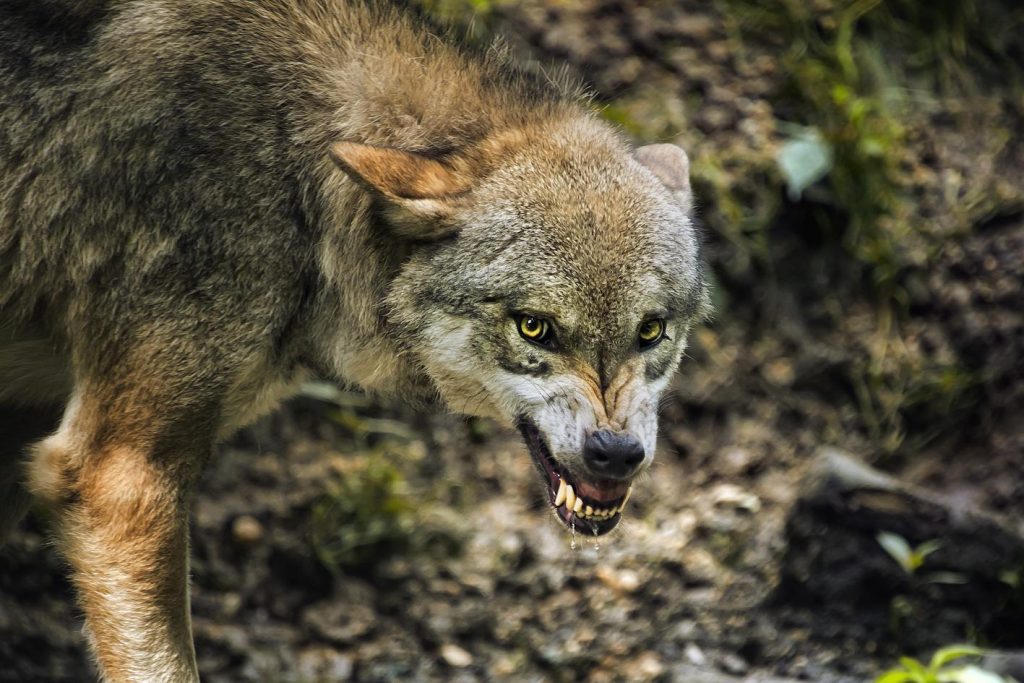
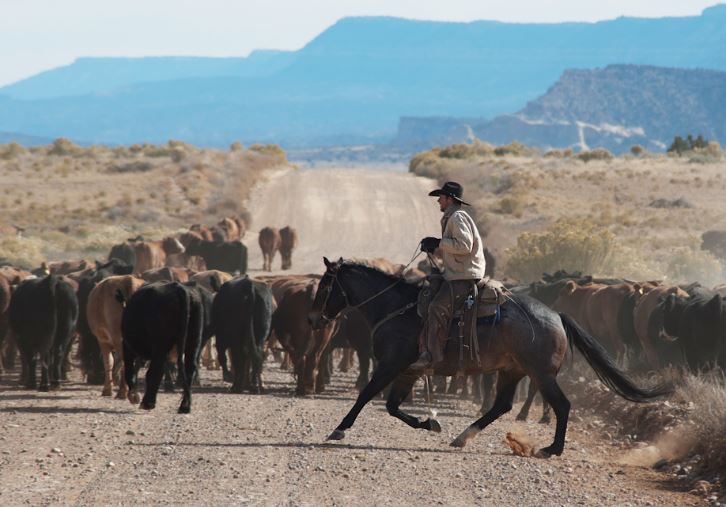
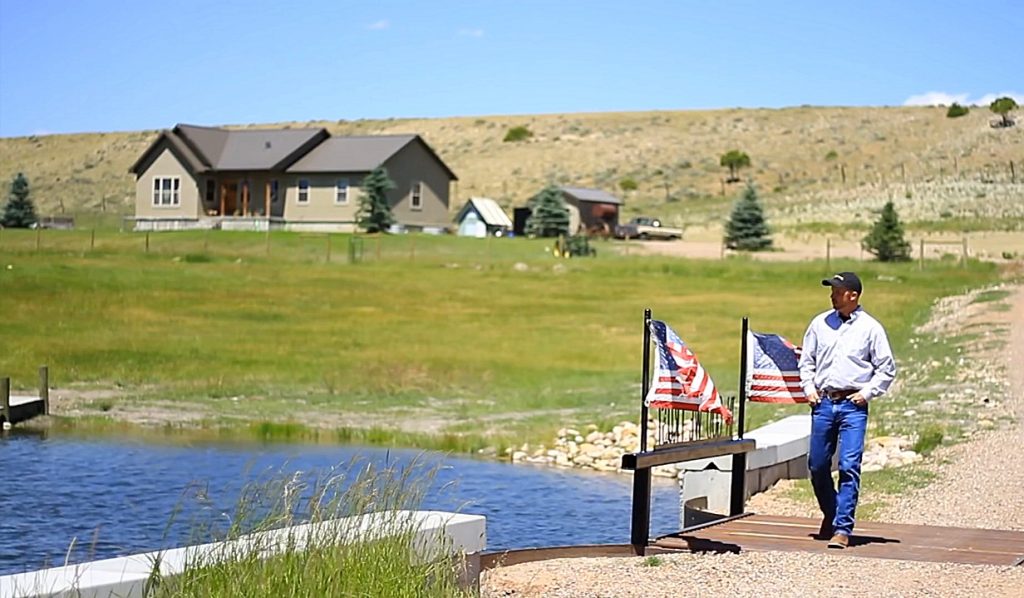
The Interior Department will study migration habits and devise ways to improve habitat, Zinke said, which could include getting ranchers to modify fences and collaborating with states on sagebrush restoration. The order will prioritize work on animal corridors to ensure wildlife is preserved for future generations, Zinke said.
if I were a rancher or land owner I would have grave concerns regarding this order. In fact, I would be applying for Threatened and Endangered specie protection from abusive government tactics. Why in theory this may be a good idea, politics and politicians along with environmental groups will bankrupt the ranching business and land owners. This order is very dangerous and has all the earmarks of abuse of power. Most agencies have already proven they are incapable of managing our public lands, ie BLM, Forest Service and USF&W Service. I’m saddened and very surprised that Secretary Zinke would be gullible enough to signing such a abuse of power document. This order must be rescinded immediately. The locking up of our public lands under the guise of protecting our wildlife, T&E species and corridor management is a free pass for unprecedented law suits by government officials and environmental groups. Presently many of our problems are a result of environmental groups and politicians influence in the mismanagement of our public lands. Many of our USF&W refuges produce fewer nesting species than 30-40 years ago. Why? Due to management changes under the guise of natural management or preservation management, the same goes for BLM and US Forest Service. Why the idea may sound great this MUST NOT BE implemented by the Federal government or U.N.